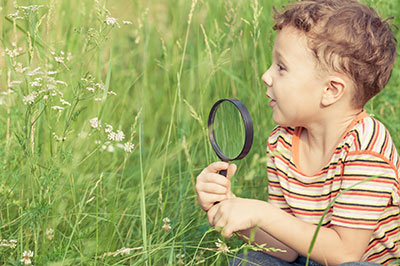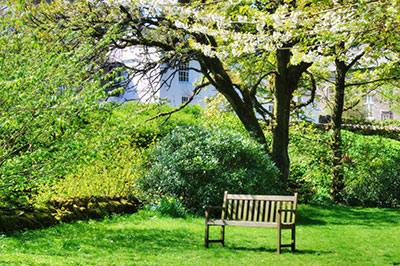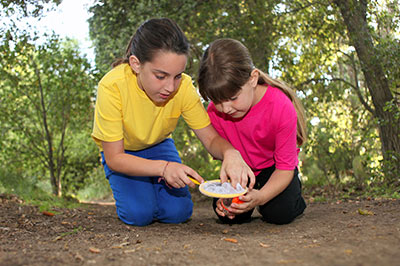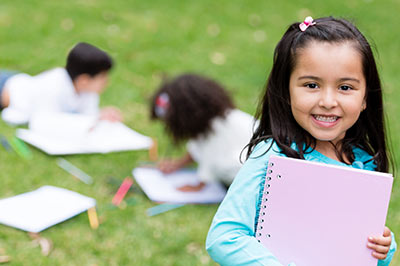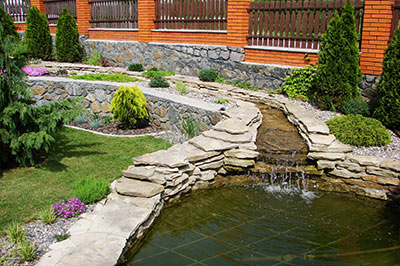Pfleger, 2015
School is still out for the summer, but at Eastern Senior High School in Washington, D.C., students are hard at work — outdoors.
In a garden filled with flowers and beds bursting with vegetables and herbs, nearly a dozen teenagers are harvesting vegetables for the weekend's farmers market.
Roshawn Little is going into her junior year at Eastern, and has been working in this garden for three years now. "I didn't really like bugs or dirt," Little says, thinking back to when she got started. "Well, I still don't really like bugs, but I like the dirt," she laughs. She gathers a handful of greens, yanks from the stem and pulls up a baseball-sized beet.


